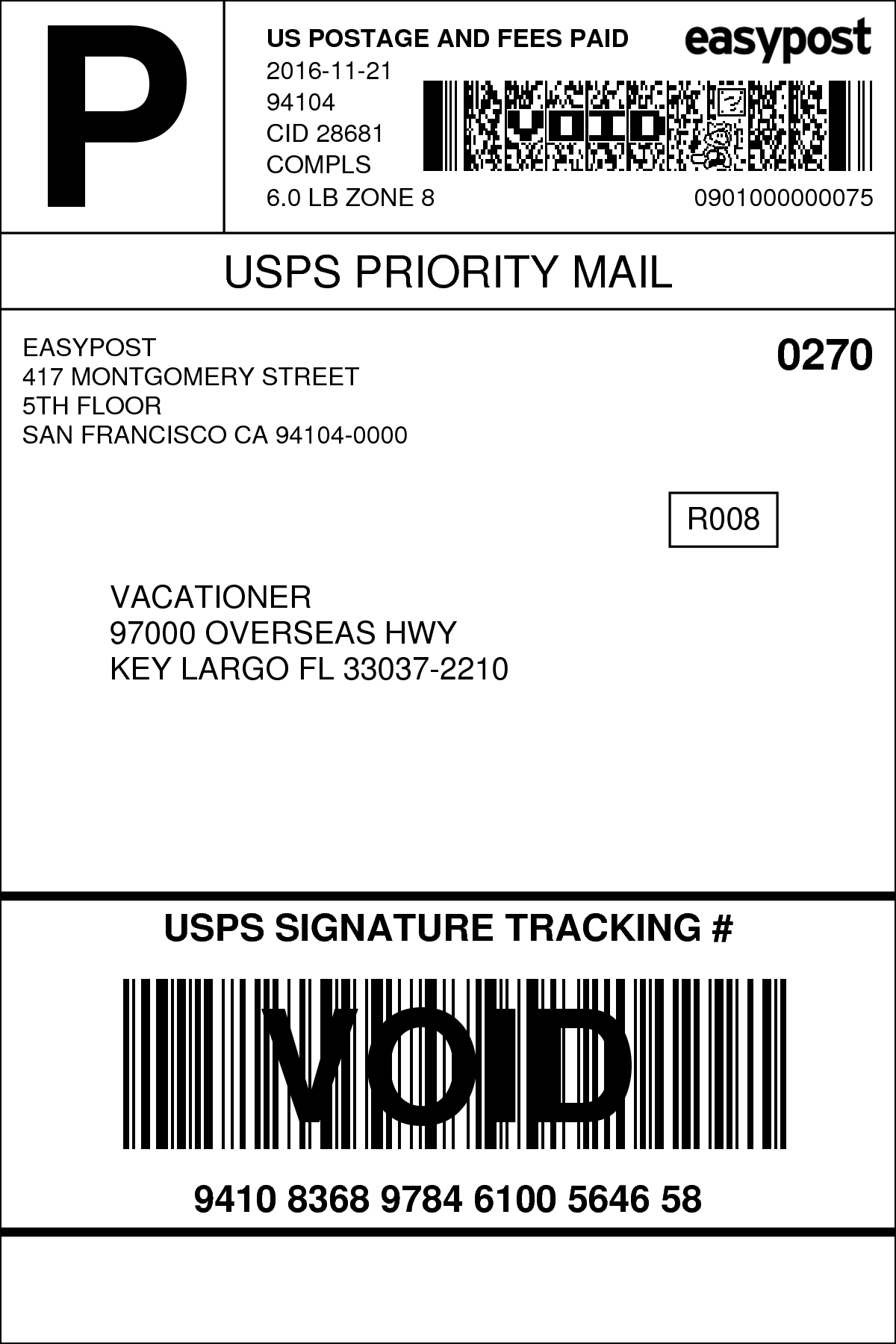Have you ever wondered why your package seems to be stuck in transit? Is there a hidden meaning behind the various statuses that appear when you track your USPS shipment? Understanding these updates is crucial for ensuring timely delivery and managing expectations. In today's world of e-commerce, where consumers expect seamless logistics, it’s important to decode the language used by postal services. This article aims to demystify the complexities of USPS tracking statuses, offering clarity on what each status truly means.
The journey of a package from sender to recipient involves multiple stages, each marked by specific updates in the tracking system. These updates serve as checkpoints, indicating progress along the supply chain. However, not all statuses are created equal. For instance, In Transit might simply mean the package is en route, while Arrived at Facility suggests it has reached a sorting center. Misinterpretations can lead to confusion, especially when delays occur. By comprehending the nuances of these terms, both businesses and individuals can better anticipate delivery timelines and troubleshoot potential issues.
| Bio Data & Personal Information | Career & Professional Information |
|---|---|
| Name: John Doe | Profession: Logistics Analyst |
| Date of Birth: January 1, 1985 | Company: United Parcel Service (USPS) |
| Place of Birth: Springfield, Illinois | Years of Experience: 12 Years |
| Educational Background: Bachelor’s Degree in Supply Chain Management | Specialization: Package Tracking Systems |
| Official Website Reference | Awarded Best Analyst in Postal Operations (2023) |
One common query among federal employees pertains to filing claims under the Federal Employees' Compensation Act (FECA). If injured on the job, understanding how to complete forms like CA-1 or CA-2 is essential. These forms initiate the claims process, ensuring compensation for medical expenses and lost wages. Similarly, within military logistics, systems such as the Commodity Tracking System (CTS) play a pivotal role in monitoring shipments across borders. Such frameworks rely heavily on accurate data entry and real-time updates, much like civilian postal services.
When discussing USPS tracking, terms like Mean Sea Level may seem unrelated but actually highlight the precision required in altitude measurements during air freight operations. Meanwhile, initiatives like the Maritime Shipping Label emphasize standardization in labeling practices, reducing errors and enhancing traceability. It’s worth noting that HQ ECNS USPS refers to a comprehensive guide designed to assist users in navigating the complexities of package tracking. This resource provides detailed insights into resolving discrepancies and optimizing delivery processes.
For those eagerly awaiting packages from platforms like TikTok Shop, encountering a stuck status can be frustrating. Yet, solutions exist. First, verify whether the item appears in the USPS tracking system. If no updates have been logged, contact the retailer directly. Additionally, checking proof of delivery options can confirm if the package was indeed handed over to postal authorities. Social media platforms often feature discussions around similar experiences, providing peer support and advice.
Another critical aspect involves FEMA acronyms and abbreviations, which frequently overlap with logistics terminology. Terms like 4WD (Four-Wheel Drive) might initially appear out of context but relate to vehicle capabilities necessary for transporting goods through challenging terrains. Similarly, understanding distinctions between two-dimensional (2D) and multi-dimensional tracking methods ensures efficient handling of diverse cargo types. As technology advances, integrating advanced analytics into existing systems becomes imperative.
In practical terms, consider this scenario: A customer orders an item online, only to find its tracking status remains stagnant for days. Upon investigation, they discover the package had temporarily halted due to customs inspections. While frustrating, recognizing such occurrences helps manage expectations. Moreover, proactive communication between retailers and customers fosters trust, reinforcing brand loyalty amidst logistical challenges.
Ultimately, mastering USPS tracking requires familiarity with its lexicon. From decoding statuses like Out for Delivery to interpreting more technical jargon, knowledge empowers stakeholders throughout the supply chain. Whether addressing workplace injuries through FECA filings or streamlining international shipments via standardized labels, attention to detail remains paramount. As global commerce continues evolving, staying informed about emerging trends and tools will undoubtedly benefit everyone involved—from senders to recipients.
Remember, every update carries significance, even if seemingly minor. For example, transitioning from Processed to Shipped signifies completion of internal procedures before external dispatch. Likewise, moving from Departed Facility to Arrived at Destination Facility indicates proximity to final delivery. Each step builds anticipation, underscoring the importance of clear communication throughout the process.
Finally, leveraging digital resources enhances user experience. Modern interfaces allow real-time notifications, enabling instant awareness of any changes. Furthermore, linking accounts across platforms simplifies management of multiple shipments simultaneously. Embracing these advancements positions users favorably in an increasingly competitive market landscape.

